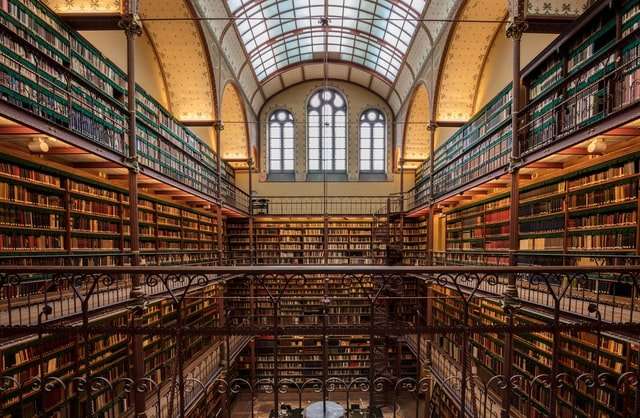Art Deco is a style of decoration and architecture that was popular from the 1920s to the 1940s. It was designed with curving and zigzagging lines, and its style was considered modern for its time. The buildings in the above photos are a few of the many that were built around this time, but have since been turned into museums, stores and apartments.
The art deco style was born in the 20th century, but it has its roots in the era of the Pharaohs. The original décor was comprised of hieroglyphs with symbols and shapes reminiscent of ancient Egyptian motifs.
Toward the end of the 19th century, a new type of décor emerged, one that would be called “Art Deco”. This style drew on Egyptian and other ancient motifs, yet featured many innovations. Stone, wood and metal were used for making furniture that included tables, chairs, beds, wardrobes and cabinets. Carpets, wallpapers and other decorative materials also appeared.
This style first appeared in North America and Europe but it is now very popular throughout the world. It is considered by many to be an extension of art nouveau into modern times. Art nouveau featured flowing lines and a sense of motion; art deco features geometric shapes and streamlined forms.
The now-classic art deco design was created in the early 1900s by combining geometric shapes and nature-inspired organic forms. Unlike other architectural styles, art deco buildings have clean lines and sharp edges, with bold geometric patterns and bright colors.
Art deco architecture is still popular today. Most old art deco buildings are located in large cities like New York, Chicago, and Miami. Art Deco hotels are often used as office space while still retaining some of their original features.
The term “art deco” is a French abbreviation for “arts décoratifs,” which translates to “decorative arts.” This name was chosen because the art deco style was inspired by both architecture and the fine arts, such as painting and sculpture.*
Art Deco, or Style Moderne, is an international style of design that began in Paris in the 1920s, flourished internationally throughout the 1930s and 1940s, and remained especially popular in Hollywood.
The style is known for its use of geometric shapes, particularly on deco apartment buildings and movie palaces. It also emphasizes the use of glass, chrome and sometimes ceramic materials. The movement is often associated with the flamboyant side of 1920s culture: jazz music and all things luxurious like diamonds, silver and platinum.
Staircases are usually a feature of art deco homes, as are archways, ziggurats (triangular shapes), sunbursts and zigzags. A frequent shape is a triangle pointing downward.
Art deco furniture typically features tubular steel legs or tapering legs with leather wrapped around them. The term “art deco” was not commonly used until after WWII — it was simply called “modern” or “streamlined.”
Art Deco first became popular in Europe after World War I because it was a rejection of the heaviness of Victorian styles. It became popular in America during Prohibition as people wanted to forget their troubles with beautiful surroundings.
The style enjoyed popularity until the outbreak of World
The Art Deco style is a distinctive design movement that emerged in the 1920s, encompassing architecture, interior design, industrial design, fashion and even film. It was inspired by, and in reaction to, the geometric styles of Cubism and Futurism.
The style is recognized by its distinctive use of geometric shapes, especially straight lines and curves. The designs are often asymmetrical or incorporate zigzags.
Art Deco architecture can be seen in many places, including cinemas, skyscrapers and hotels. Art Deco has also been used in smaller buildings such as private residences.
Art Deco is a style of visual arts, architecture and design that first appeared in France after World War I. It flourished internationally throughout the 1920s and 1930s.
Art Deco is a futuristic art-form which originated at the time of Jazz music, Flappers and Fords. The style is noted for its use of geometric shapes, lavish ornamentation, and its association with glamour.
The term “Art Deco” was not used until the 1930s when it was coined by French art critic Charles Rennie Macintosh (1866-1928).



